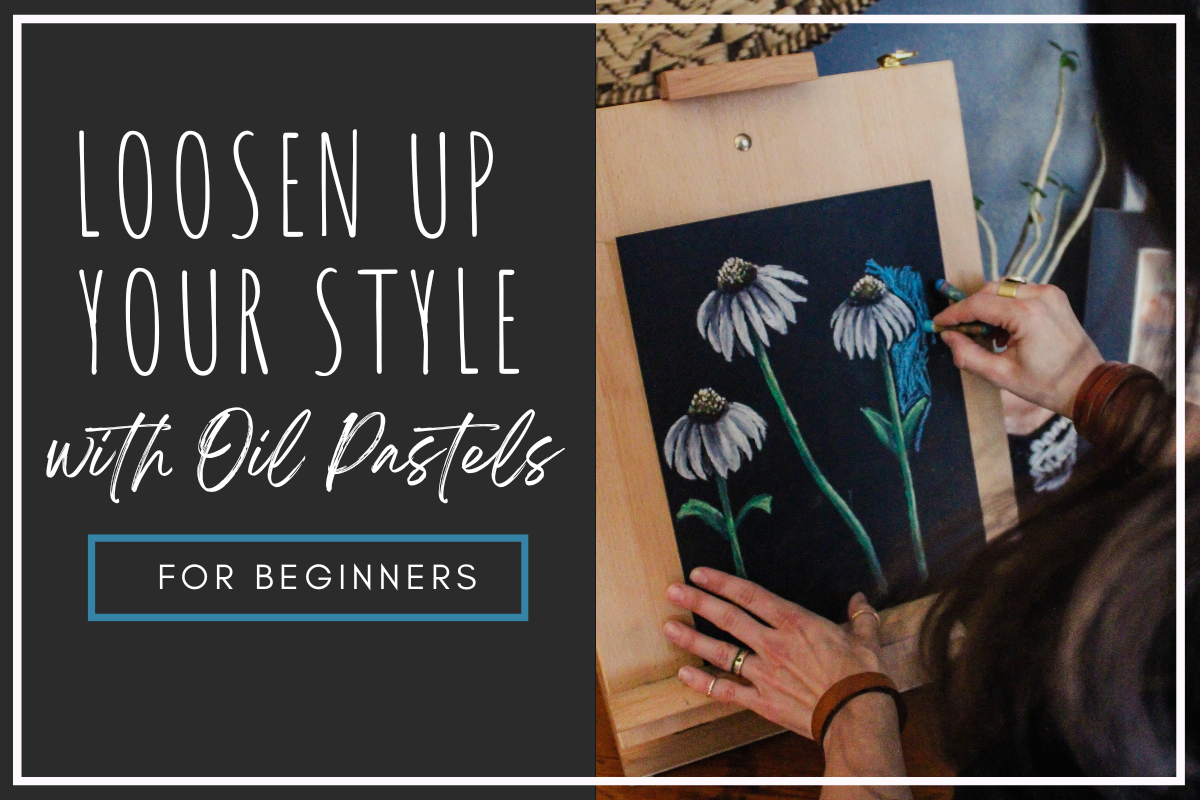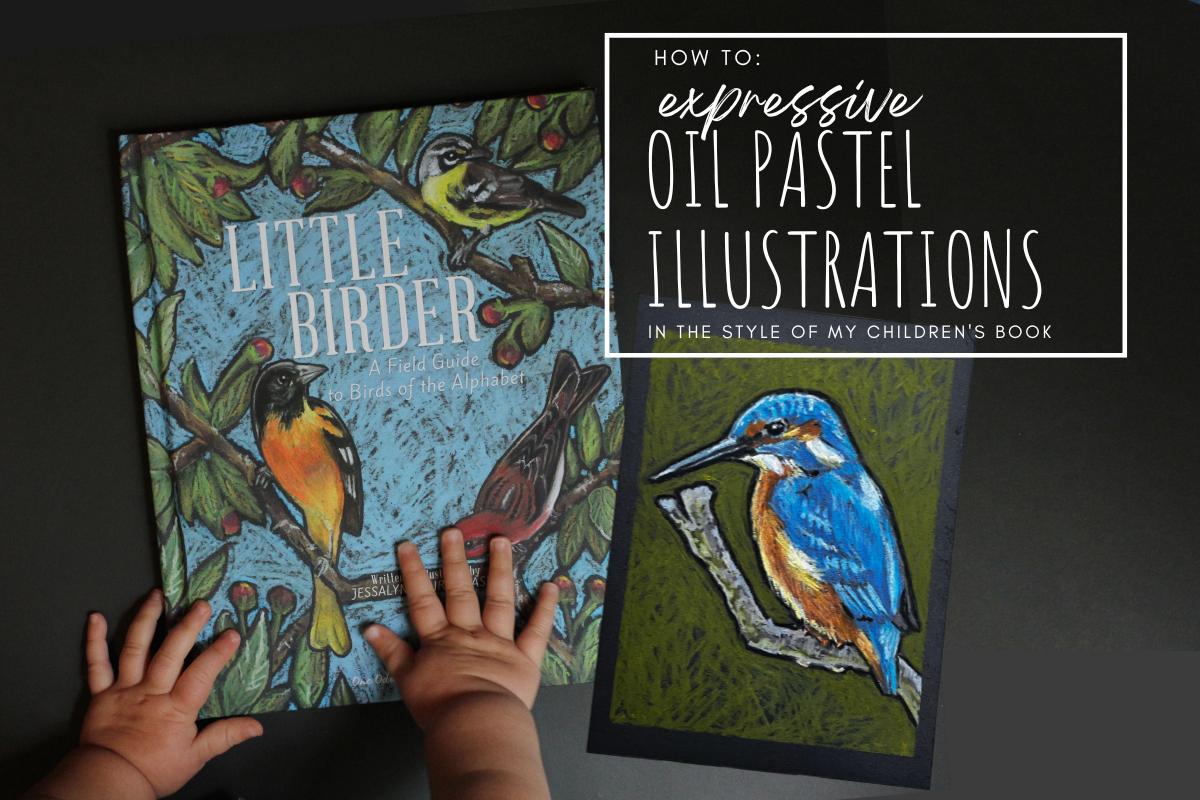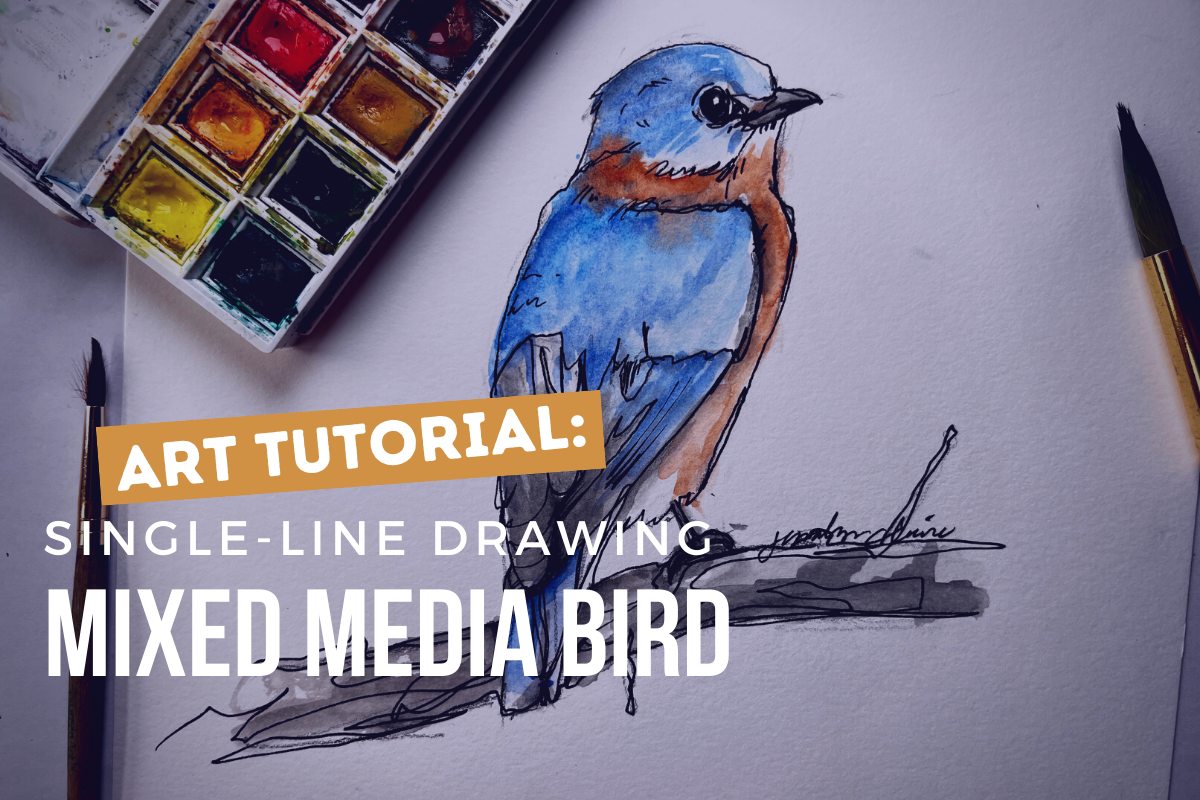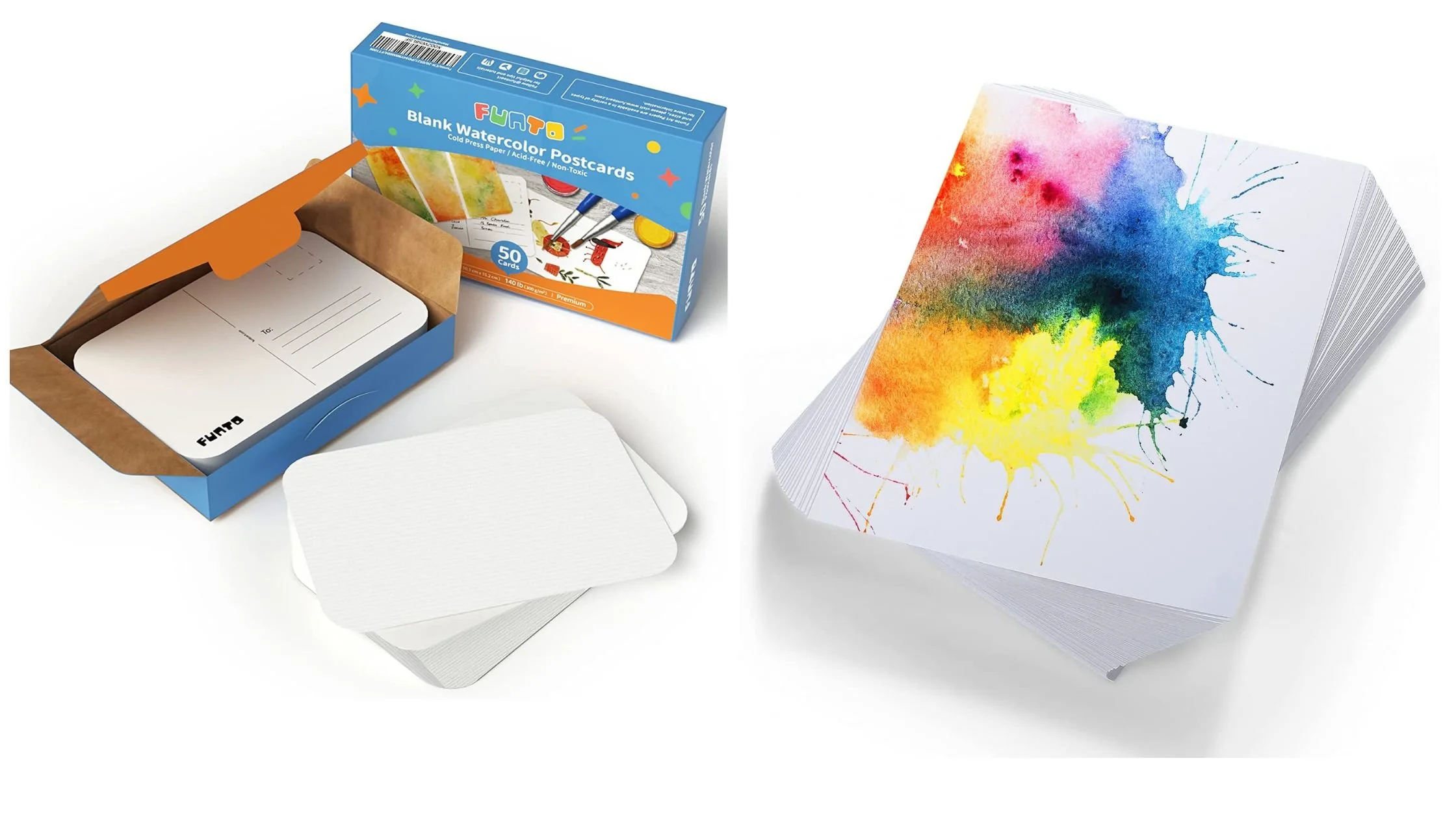Sensory Art Supplies for Kids
Easy Art Supplies
For Sensory-Art Experiences for Kids
Sensory play has been shown to have amazing benefits for children such as language and motor-skill development, among other advantages. Experts also emphasize the connection between our physical (bodily) experience and our nervous system responses to emotion. So not only can sensory play encourage your child’s development but it can also be a tool for helping them learn to regulate their emotions and bodily responses to things like stress, anxiety, or meltdown.
Sensory Art
Have you ever found yourself doodling during a presentation, or coloring the table with the kids meal crayons while you wait for your food? Then you’ve probably experienced the therapeutic benefit of art whether you realized it or not. The process of making art is already inherently relaxing, grounding, and helpful for calming the mind. Today’s post is a short list of art supplies that offer an extra-sensory experience, beyond art’s normal healing benefits. Most of the supplies in this list focus on the sense of touch, like the unbelievably satisfying sensation of the material gliding across the paper, or the bumpy feeling of the marks under the finger after they dry. These are great for the sensory-specific children among us, but your child does not have to have a special sensory need to benefit from the extra boost of these art materials… for that matter, neither do you.
If you’re looking for sensory experiences with an emphasis in creativity and art, start with this list of
sensational art materials.
Tempura Paint Sticks
Gel Crayons
Kinetic Sand
Clay
Puff Paint
Water Board
*As an Amazon Associate I earn from qualifying purchases.
Tempura Paint Sticks
Tempura Paint is the classic little kid paint because of its non-toxic nature and washability. Tempura Paint sticks take this convenience to the next level. All of the magic of tempura paint and even less opportunity for mess in unintended places. These paint sticks roll up and are applied like a glue stick.
The Feels: The sensory fun is in the application. Tempura paint sticks glide smoothly across the paper. Because of the way they roll up in the tube, they have the sensation of painting with lipstick. It’s hard to think of anything more tantalizing as a kid than taking a tube of lipstick and smearing it across something like it’s paint. This actually is paint! They’re chunky and not great for any sort of detail, but the large surface area is what makes them feel slippery as they paint and it allows for applying over large areas. We have always used the classic thick paint sticks, but I’ve also found a few brands with a set of thin versions to try.
KINGART Tempura Paint Sticks - Fat
2. Gel Crayons
Next on the list is gel crayons. If you’re like me you might not have seen or paid much attention to this types of material previously. They’re not top pick for materials that will create artist-quality results, so with all of the options out there I hadn’t given them a second thought. Someone gifted a set of gel crayons to my daughter and they floated around our life for a while before I ever picked one up. I am not being dramatic when I say that I was shocked after my first stroke at the pleasant and strong sensory effect that it had on me. These are my personal favorite sensory experience in an art material. They are similar in design to the thin Tempura paint sticks. They are blendable and water-soluble.
The Feels: The immediate sensory effect of the gel crayons is in the slippery smooth application to your paper. Imagine swiping a colored stick of butter across a smooth surface. I mean a slightly cool and solid, but not straight from the fridge kind of stick of butter. Maybe it was because I sat down expecting the friction of a normal crayon, but I genuinely felt my body respond to the sensation. A secondary sensory experience is the ability for little fingers to blend or smudge the colors. Because gel crayons are water-soluble, you can also add a wet brush to the mix and “paint” the colors around the page after applying them to the page.
3.Clay
Air Dry Clay
Air Dry Clay - 36 Colors
Modeling Clay
Faber-Castell World Colors Modeling Clay - Modeling Clay for Kids - Sensory Play
4.Puff Paint
I don’t know about you, but puff paint immediately conjures memories of early childhood and I find myself with the strong urge to pick the puff-painted designs off of a homemade sweatshirt. Puff paint can be used for a variety of crafts, but it is most commonly associated with fabric painting. Unlike other types of paint, puff paint goes on raised and creates a 3-dimensional appearance and of course, feel.
The Feels: The sensory applications for puff paint are numerous. Because of it’s raised surface, this paint creates an artwork you can actually feel. After the creating process, children can then experience the feeling of their artwork under their fingers. Another sensory experience would be to create raised images with the puff paint, such as a flower or letter or shape, and then have children rely only on their sense of touch to “view” the imagery. Can they identify what it is? Think about all of the skills a person needs to be able to do without having to constantly look at their hands… playing instruments, sports, typing, and the list goes on. This sort of activity can help children strengthen their developing brain connections related to their sensory processing abilities. Also, you could always just let them paint and then revel in picking it off of your sweatshirt…
5. Water drawing Board
A water-drawing board is exactly what is sounds like. It is a board that uses a water soaked brush to create designs that disappear as they dry. There are special boards and papers created for Chinese character practice, but these can also be used for your child as a place to put their paintings. Another easy and cheap alternative would be to use a primed chalk-board. The obvious benefits are the cost-effective materials, it is (mostly) mess-free and reusable.
The Feels: Children can enjoy the meditative experience of painting with a disappearing ink. This sensory experience is more about what the repetitive action of painting does for the state of mind and body. Beyond normal circumstances, this could be a calming activity for stress, bedtime or hyper-activity. Experts also emphasize the benefits of connecting to your physical body during heightened nervous system responses, such as anxiety attacks. Children can use the physical act of painting to connect with their body through the repetitive movement. Let your children guide their own movements, or if you feel they need some guidance, you can prompt them by asking them to fill the canvas with circles, straight or squiggly lines. The benefit of a Chinese calligraphy board, such as the one listed below, is the travel-friendly compactness. However, if you’re really into the physical sensation of this activity, using a chalkboard could provide a larger surface for sweeping motions that allow for bigger body movement. (I wouldn’t recommend the vinyl chalkboard material for this activity, but if you already have one you can give it a try and let me know how it goes. )
*Hello, I’m not a doctor. This is not medical advice. I don’t think painting with water ever hurt anyone, but take this advice at your own discretion.*
Mini Buddha Board Art Set: Water Drawing Writing Board w/Water Brush for Mindfulness & Meditation
Classic Chalkboard- Medium Size
You can use any brush you have, but I personally think the bigger, the better and I like a round brush. You could try something like these:
Bonus material: Kinetic Sand
By now, you’ve probably heard of Kinetic sand. As the poster child of sensory experiences for both children and adults, it needs no introduction. While I wouldn’t consider this an art material, per se, it is too good to pass up during a conversation about sensory creativity. And hey, your little sculptors have to start somewhere.
Al Natural Brown Kinetic Sand 1kg
LITTLE CHUBBY ONE 8 Color Kids Play Sand Set - 5 Lbs of Sand

















